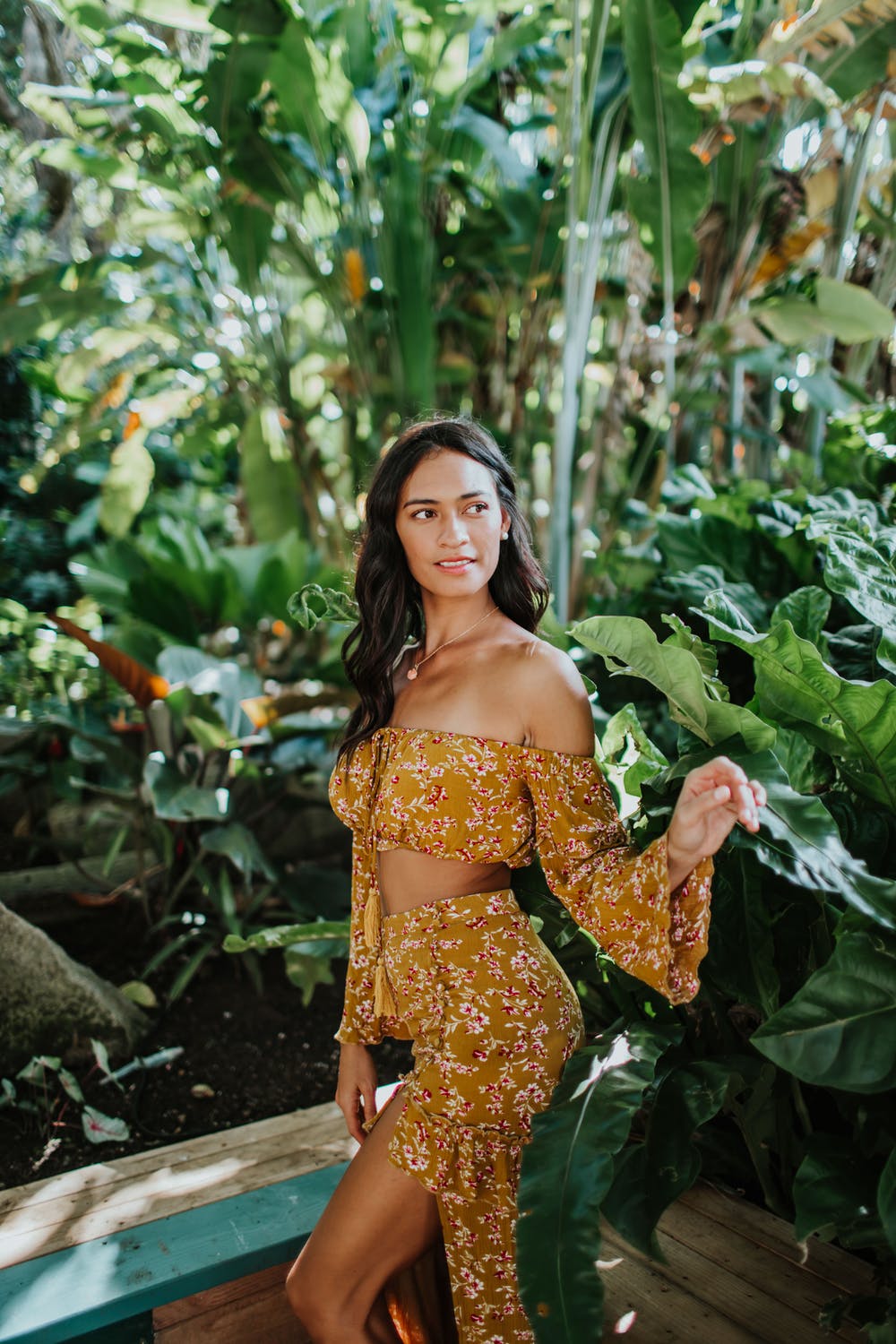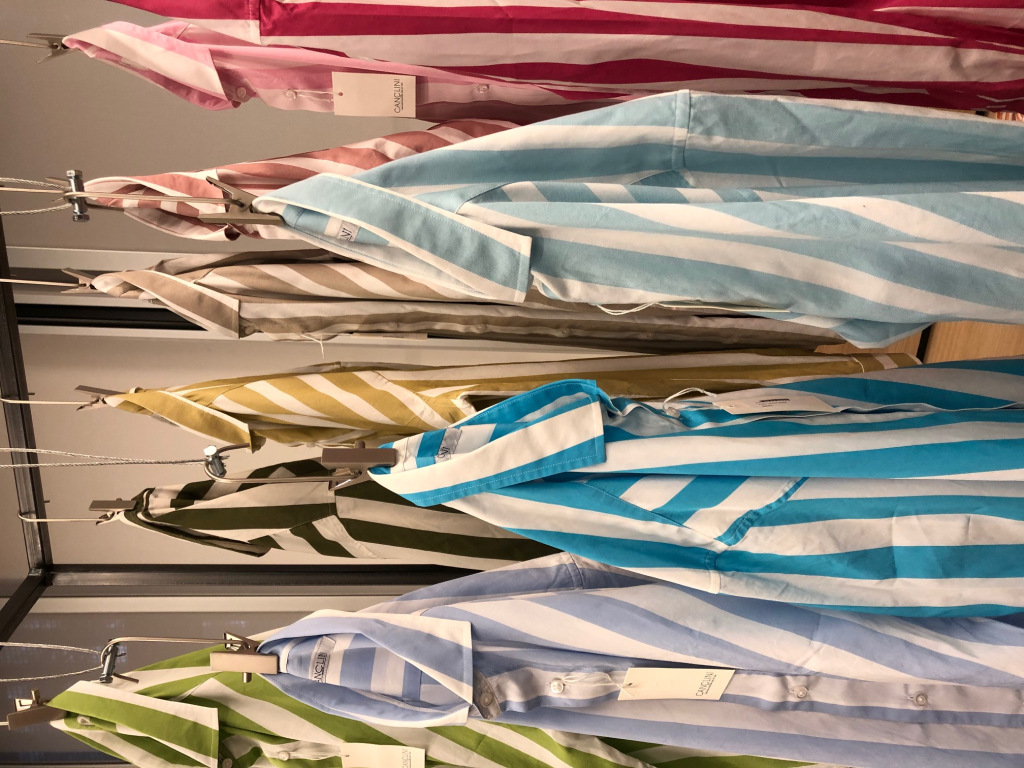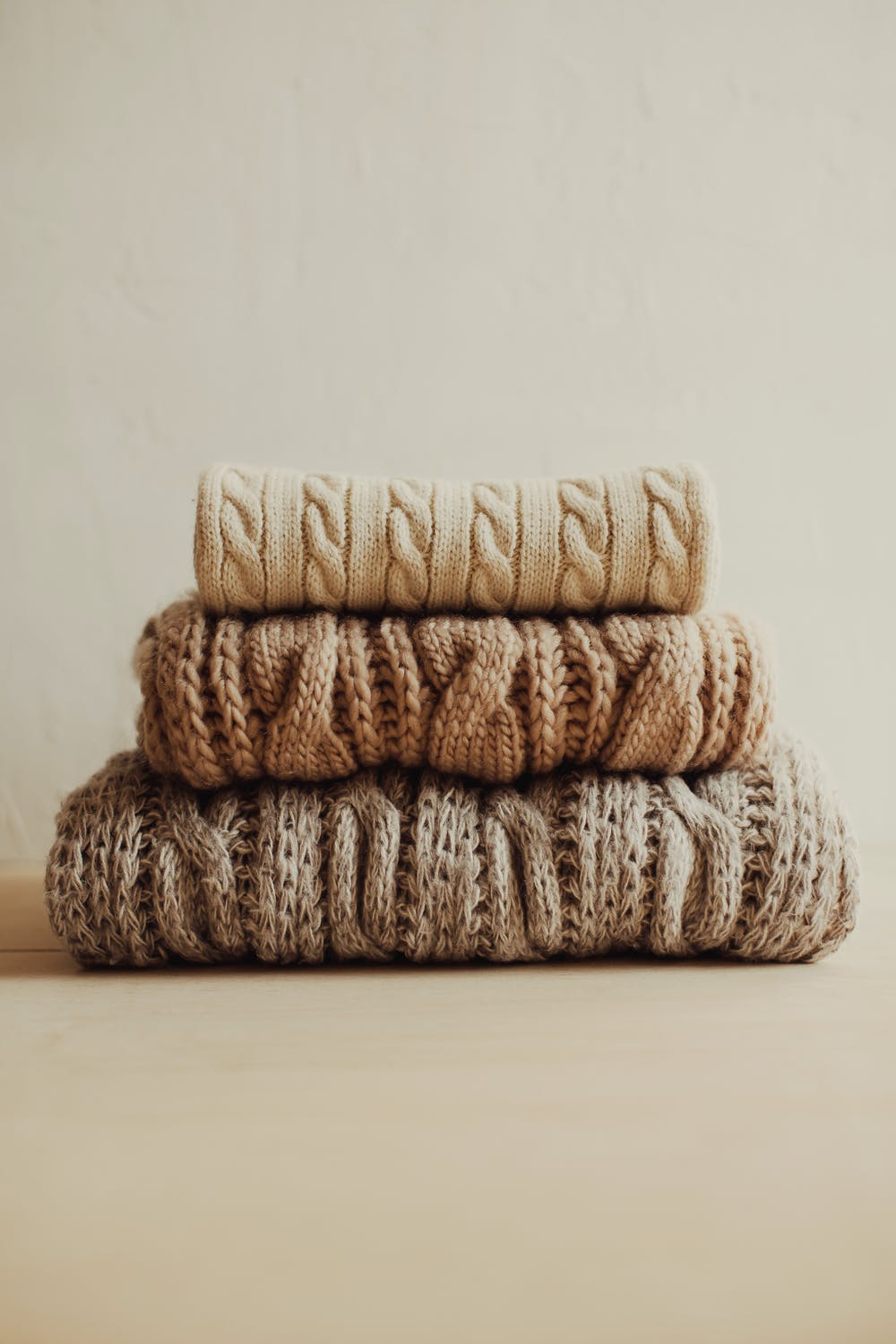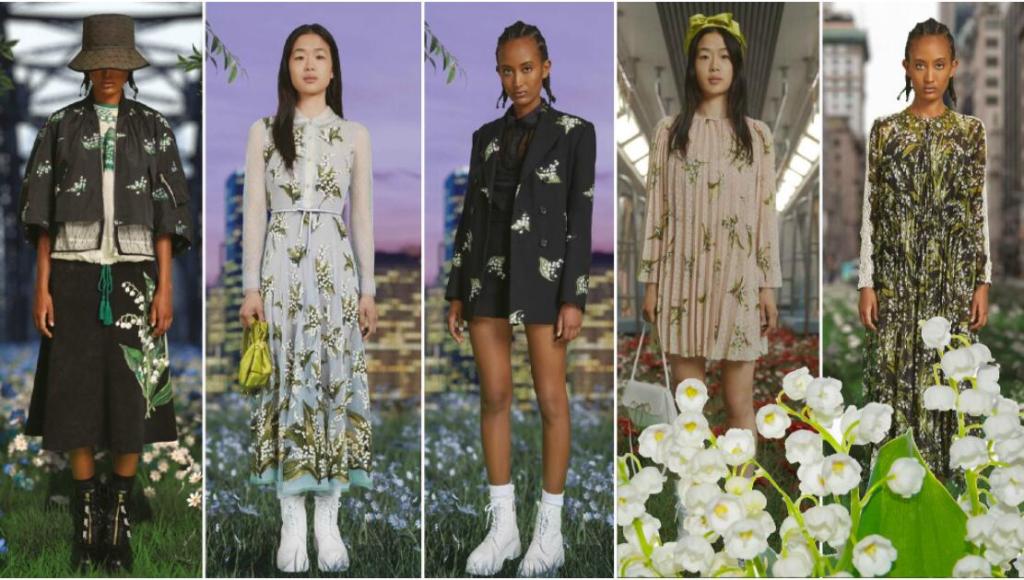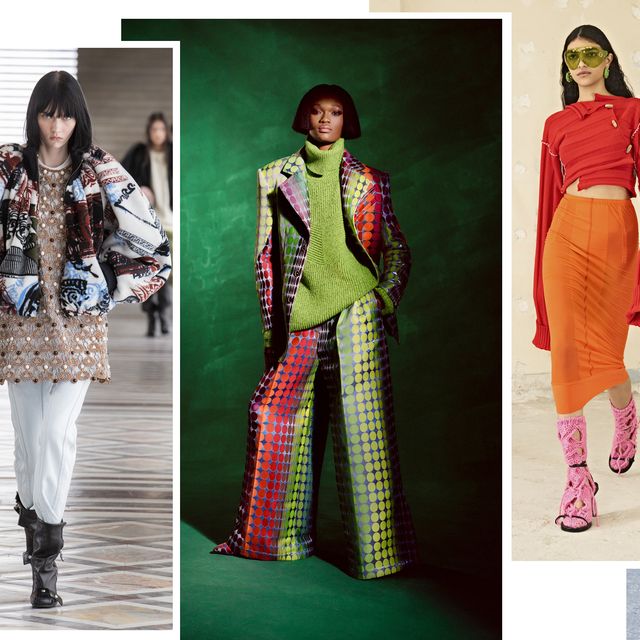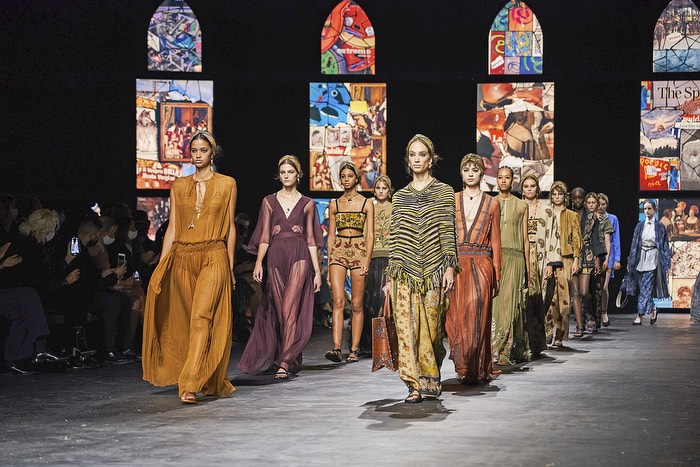
Key Textile Trends For Spring Summer 2022
The future leaders in the Fashion & Textile Industry – Are thinking hard about the environment.
Eco Sustainability & Responsible Practices
For S/S 2022 The fashion houses are really focusing high on what their impact has been on the environment.
The designers have been working hard with their manufacturers to achieve better practices and using raw materials across the board.
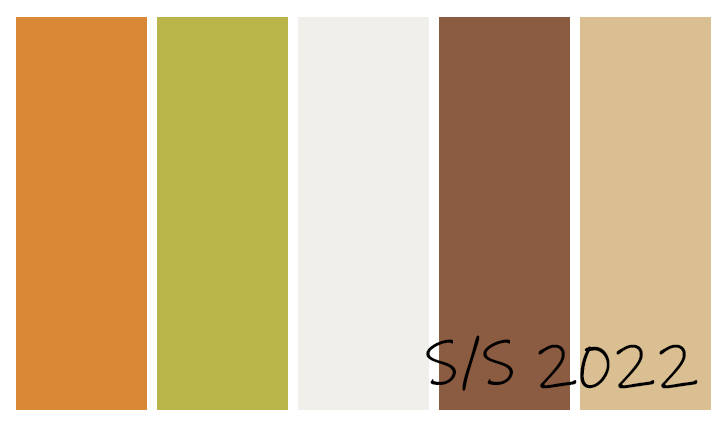
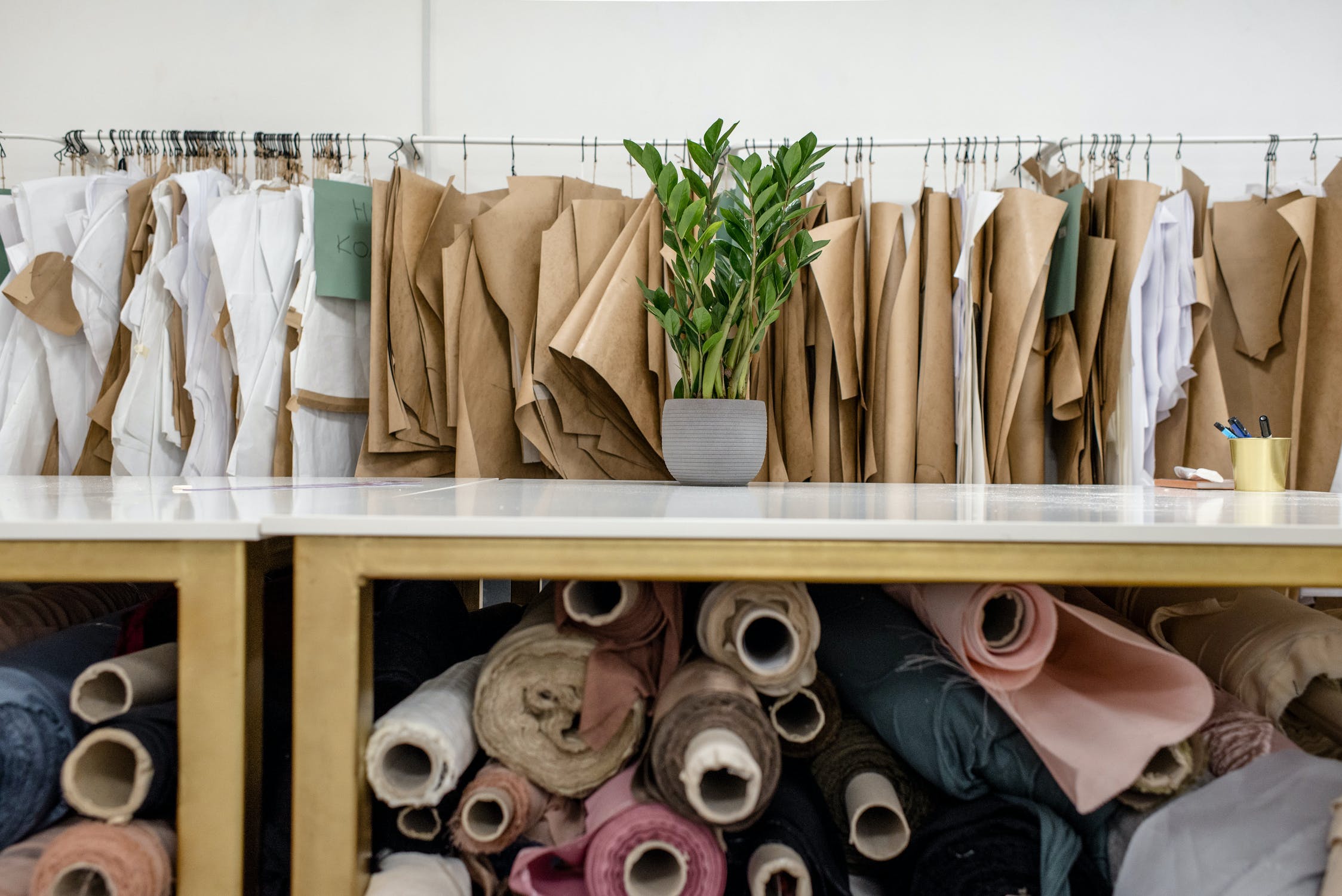
By now, the fashion industry’s harmful effects on the environment are well-known. With natural resources being used faster than they can be renewed, and more clothing produced by brands (and thrown out by consumers) than ever before, the environmental impact of the industry, as it currently operates, is catastrophic. “In the U.S., 11 million tons of textiles go into landfills every year,” says Kristy Caylor, CEO, and co-founder of For Days, a zero-waste, organic line of basics. “When these clothes decompose, they release methane which is more harmful than CO2.”
The fashion industry’s impact on the environment are well known. This problem is caused by the resources – clothing produced by retail brands and then just thrown out by consumers.
This equates to a catastrophic effect on the environment. In the USA approximately 10 million tons of textiles get put into landfills each year.
And what the consumer doesn’t know is that when these clothes decompose they release methane which is so much more harmful than CO2.
Kristy Caylor, CEO, and co-founder of For Days, – a zero-waste, organic line of basics
Textures
The advances that can now be achieved in this Industry have really opened their eyes to how products can be achieved by using low sustainable chemicals on fibres and yarn, that leave a wonderful raw textured effect on the fabric.
Naturals
Create softness for the fabrics, and using the color as a key base component in any Spring and Summer fashion garment.
The natural trend is a rebirth drawing inspiration from all the people that had to self isolate themselves during the COVID 19 pandemic and feel that they had to escape from the clutches of their front room and the lockdown.
The thought process behind this trend is looking to nature, the outdoors the natural colours, the feeling of spirituality, and using mindfulness as a means to escape.
To make the consumer start to wonder where our textiles come from, what processes are used to make them, and with what type of fibres are used to create the perfect outfit?
Innovative plant-based materials and raw materials such as hemp, flax, and vegan leathers.
The colors are dominated by nature – Deep Browns, Field Greens, and refreshing warm Oranges
Fashion United – Liberation and rebirth: Spring/Summer 2022
Artificials
lyocell is a plant-based fibre used for clothing first produced 30 years ago in Alabama USA, Both the high-end luxury fashion houses and high street retail brands are investing in this wonderfully soft textile:
It is made from sustainable wood, normally eucalyptus, but oak, and birch will work too. Interestingly it is ground into a pulp, dissolved by chemicals, and what remains is raw cellulose – a sticky, viscous liquid. then pushed through spinnerets, and bright, white lyocell fibres emerge, which, after washing and drying, are ready to be spun into yarn and eventually woven into the fabric.
Selfridges are calling it a miracle fabric.
The Guardian – Pulp Fabric
Vegetable Prints
Fabrics produced with real raw vegetables are emerging for 2022 created by turning the produce into a pulp, blending it into a liquid form, and soaking the raw linen fabric or eco-leather overnight to produce a fabulous colour that is both sustainable and pleasing to the eye, giving you real confidence that you are helping the planet when producing fabrics with this method.
Use double the amount of water to plant ratio. Bring to the boil, simmer for an hour, strain the plant matter, and place the dyed liquid back in the pot. Put your prepared clothing in the dye pot. Let it simmer here until you’re happy with the colour.
Recycled Plastics
These are now emerging into swimwear, sporting, and outdoor hiking, walking gear.
What’s the latest trend in swimwear fashion? A bold, modern print … a sexy new cut … a novel interpretation of the tankini? Nope—it’s all about the fabric: swimsuits made with recycled plastics.
Plastics in swimsuits? That’s right: plastics. For decades, swimsuits have tended toward fabrics made with plastic fibers, such as nylon, polyester, and spandex. Swimsuit designers have used these fabrics to create suits that fit snugly, dry quickly, and stand up over time to multiple dips in the pool and ocean.
And today’s new recycling technologies help create swimsuit fabrics from recycled plastic
Plastics Possibilities – Recycled Plastics
KNITS
Fashion houses are acquiring their knits from manufacturers that only use sustainable farms in the UK producing original raw wool from sheep.
They are committed to respecting, protecting, and honoring the incredible animals who provide them with their wool. To that aim, they only work with Sheep Stations that are ZQ certified, meaning they conform to the highest animal welfare standards worldwide.
All the sheep are free to roam the vast properties they inhabit, and each station must offer five basic freedoms to the sheep: free to live naturally, free from thirst, free from discomfort, free from distress, and free from disease. Ensuring all the sheep are humanely treated, well-fed, live natural and healthy lives, and are not subjected to mulesing.
Sustainable Fashion Collective -2022
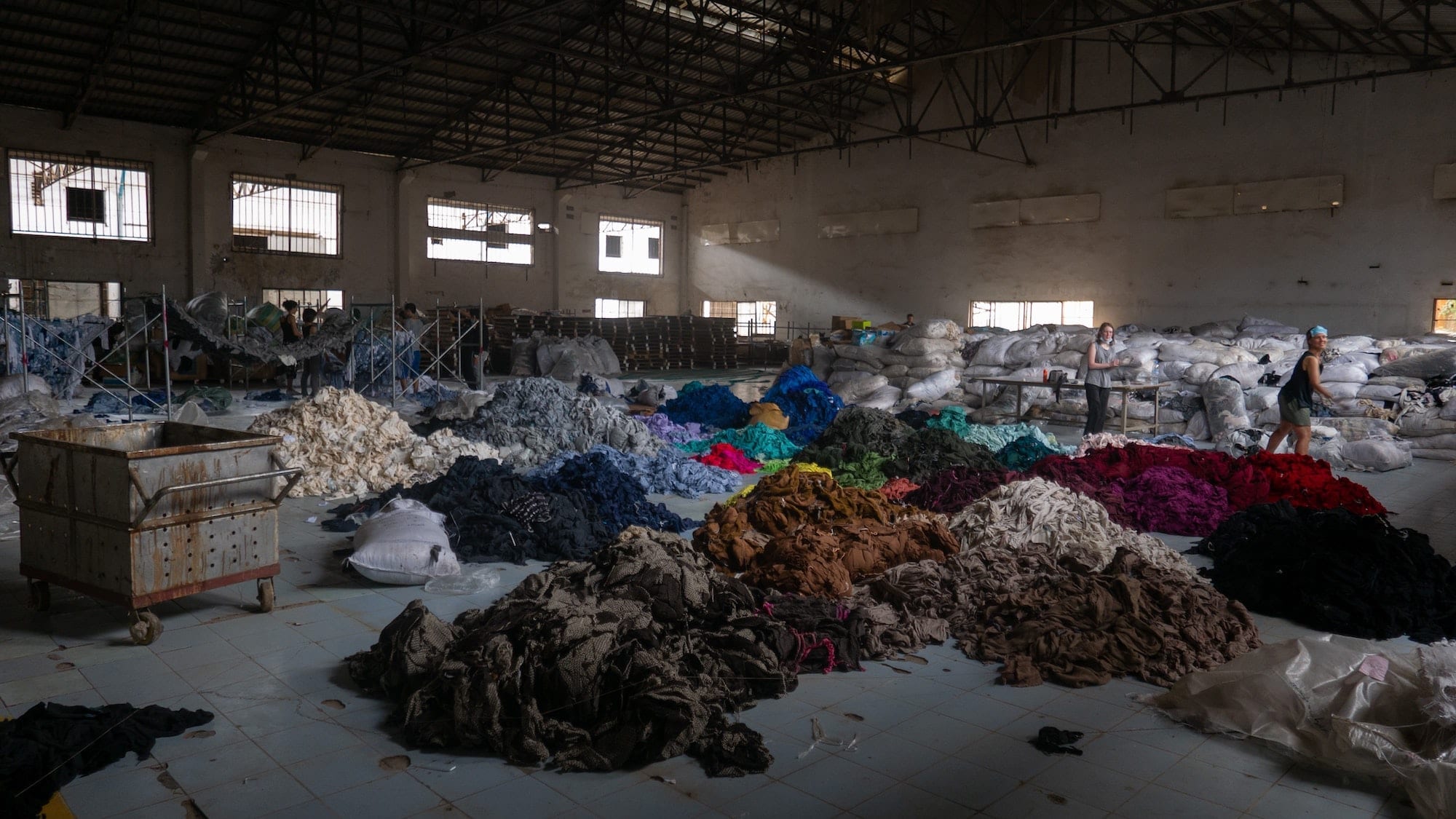
Fibre Blends and Recycling
What do you do with clothes at the end of life – Give them to charities for resale or to be exported to other countries in need.
Clothing gets recycled, by mechanical – shredding or chemical – dissolving and used for car insulation or stuffing mattresses.
The fibres can be re-spun into yarns and then rewoven into cloth.
Time to sew – fibre blends – recycling
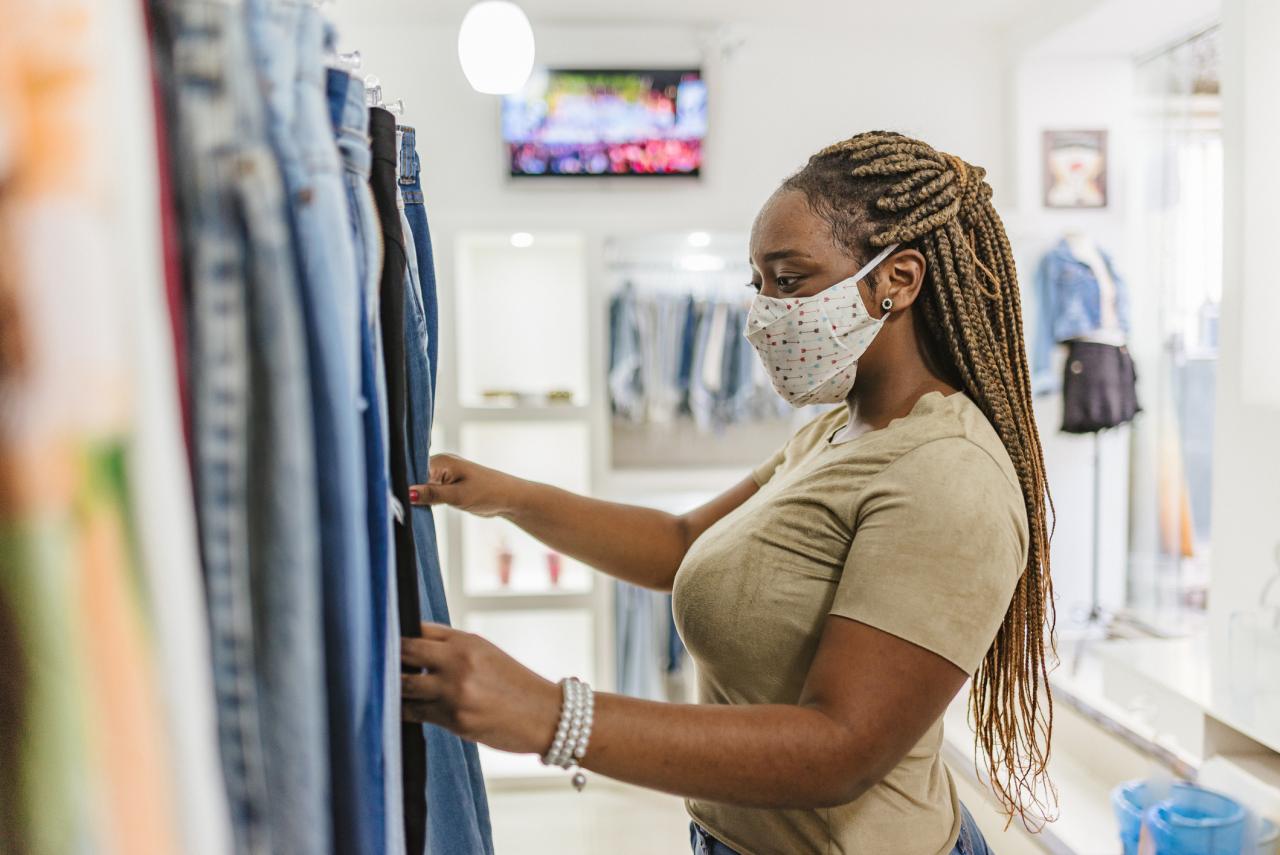
Recycled Cotton
Recycled cotton is becoming more common as the days go by; Jeans are a huge market where they used recycled cotton to make the jeans.
Can Recycled cotton make fashion sustainable – Shop Virtue and Advice
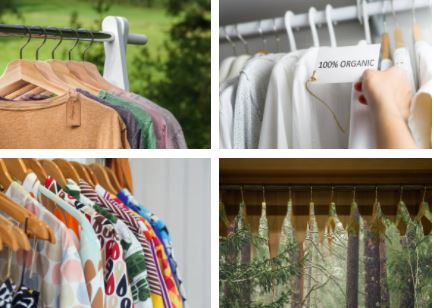
Sustainability
Sustainability continues to be at the forefront of product decisions, brand initiatives, and strategic planning in the textile industry. The use of recycled materials, including recycled cotton, is a growing topic of interest within the sustainability umbrella.
Recycled cotton is not a new concept to the textile and apparel market, but as manufacturers, brands, and retailers continue to evaluate their supply chain footprint, the interest in recycled cotton has grown.
Spring & Summer Prints by our wonderful freelance designers located all over the globe.
Surface Pattern Marketplace Ltd



